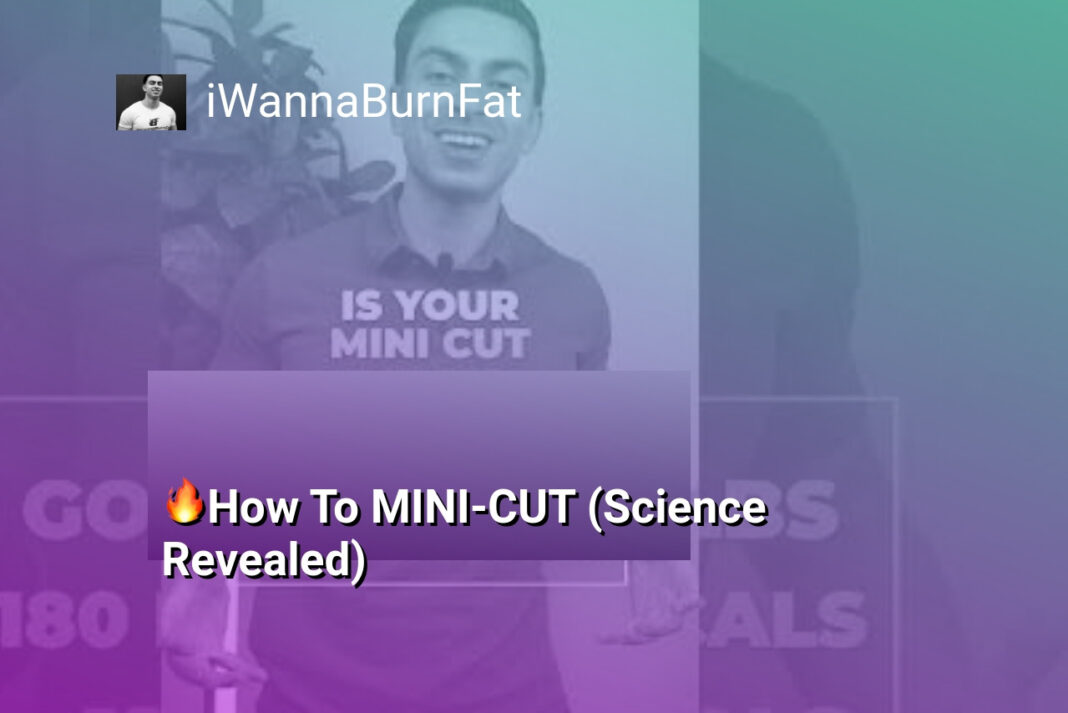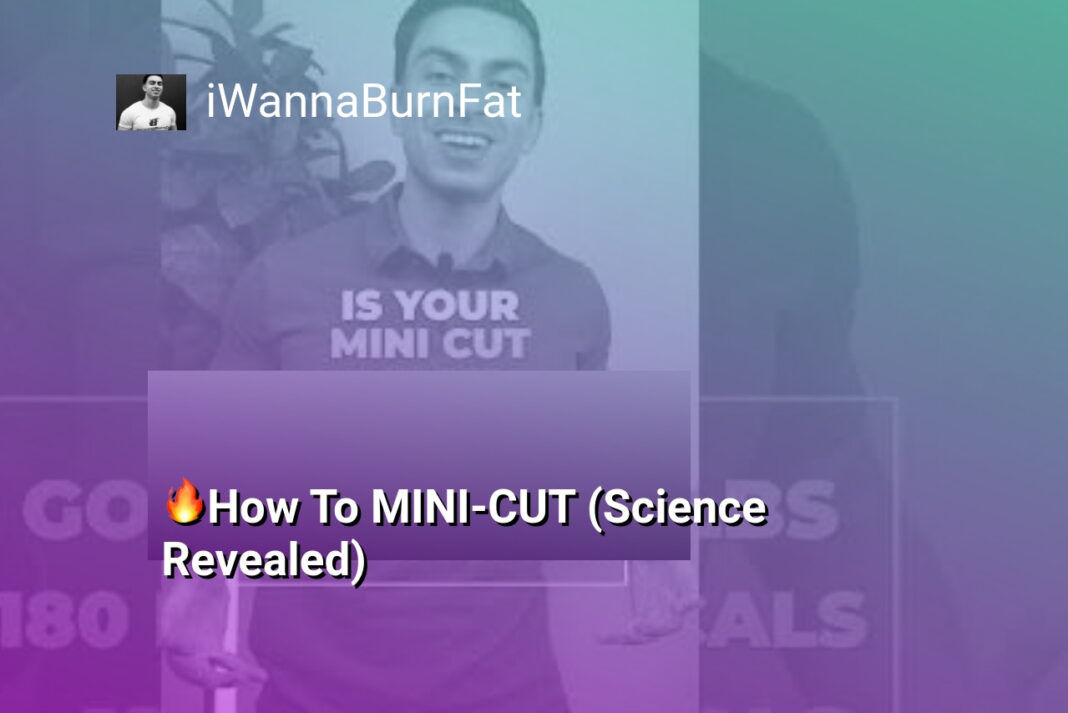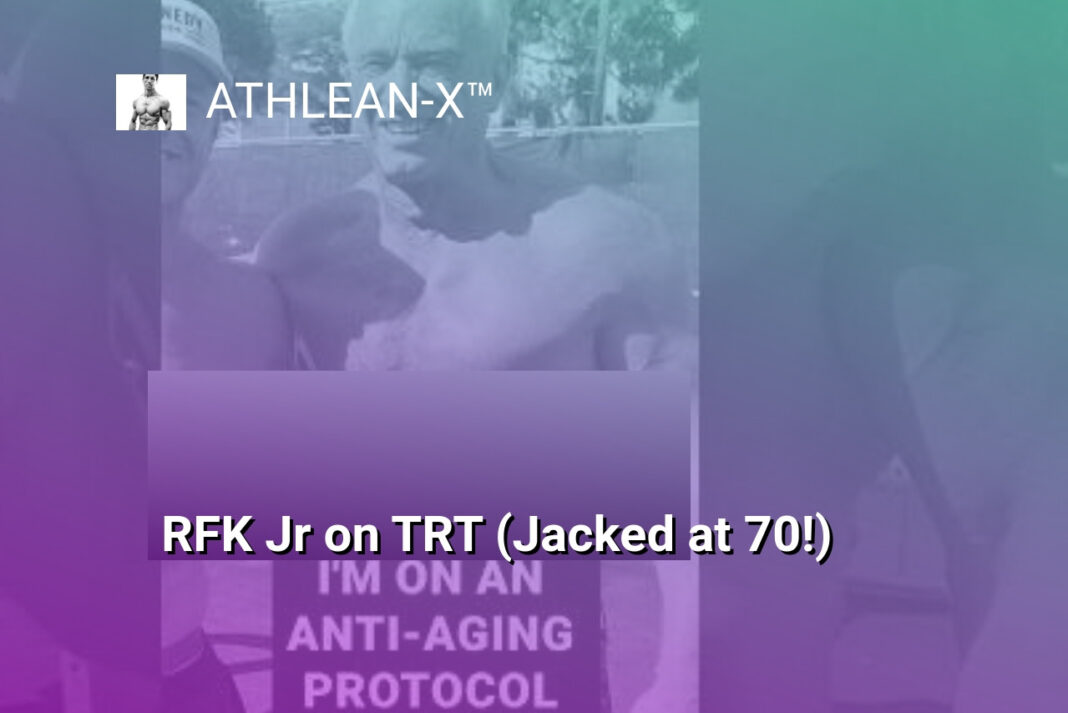The Bottom Line:
- Implement a “mini-cut” approach to lose fat quickly, aiming for a calorie intake of 10-11 calories per pound of your goal body weight.
- Ensure a high protein intake of 0.7 grams per pound of your goal body weight to maintain muscle mass during the calorie deficit.
- Maintain a strength training routine at least 3 times per week to preserve muscle while in a calorie deficit.
- Incorporate an additional 30-minute daily walk to boost calorie burn without excessive fatigue.
- This approach is an effective way to achieve a lean physique in a shorter timeframe compared to a typical fat loss phase.
Calorie Intake: Your Targeted Deficit
Calculating Your Calorie Deficit
To achieve rapid fat loss during your mini cut, it’s essential to establish a targeted calorie deficit. This deficit will create the necessary caloric imbalance to facilitate the rapid shedding of excess body fat.
Start by determining your goal body weight. For example, if your goal weight is 180 pounds, you’ll want to multiply that number by 10-11 calories per pound. This will give you a calorie intake range of 1,800 to 2,000 calories per day. This calorie target represents a moderate deficit that will support rapid fat loss without compromising your muscle mass.
Optimizing Protein Intake
Maintaining a sufficient protein intake is crucial during a mini cut to preserve your hard-earned muscle. To calculate your optimal protein intake, take your goal body weight in pounds and multiply it by 0.7. For a 180-pound goal weight, this equates to a protein target of at least 126 grams per day. Ensuring adequate protein will help you retain muscle while in a calorie deficit.
Incorporating Resistance Training
To complement your calorie deficit and protein intake, it’s essential to incorporate resistance training into your mini cut plan. Lifting weights at least three times per week will help you maintain muscle mass as you lose fat. The training program you typically use to build muscle can be effectively adapted to support your mini cut goals.
By following these guidelines for calorie intake, protein intake, and resistance training, you’ll be well on your way to achieving rapid fat loss during your mini cut. Remember, the key is to create a moderate calorie deficit while prioritizing muscle preservation through proper nutrition and exercise.
Protein Intake: Maintaining Muscle Mass
Optimizing Protein Intake for Muscle Preservation
Maintaining muscle mass during a rapid fat loss phase is crucial to ensure a lean, toned physique. As you reduce your calorie intake to achieve a calorie deficit for fat loss, it’s essential to prioritize your protein intake to support muscle retention.
Calculating Your Optimal Protein Intake
To determine your ideal protein intake, take your goal body weight in pounds and multiply it by 0.7. This formula will provide you with the minimum amount of protein you should consume daily to preserve your muscle mass. For example, if your goal weight is 180 pounds, you should aim for at least 126 grams of protein per day.
It’s important to note that this is the minimum recommendation, and you may benefit from slightly higher protein intake, especially if you are very active or have a higher muscle mass. Consulting a registered dietitian or nutritionist can help you fine-tune your protein intake to meet your individual needs.
Incorporating High-Quality Protein Sources
During your mini-cut, focus on incorporating a variety of high-quality protein sources into your diet. This can include lean meats, poultry, fish, eggs, dairy products, legumes, and plant-based protein powders. Aim to distribute your protein intake evenly throughout the day, as this can help maximize muscle protein synthesis and support muscle maintenance.
Remember to also consider the timing of your protein intake, especially in relation to your workouts. Consuming a protein-rich meal or shake before and after your resistance training sessions can help provide your muscles with the necessary amino acids for recovery and growth.
By prioritizing your protein intake and ensuring you meet your daily requirements, you can effectively maintain your muscle mass while rapidly shedding unwanted fat during your mini-cut. This approach will not only help you achieve a leaner, more defined physique but also support your overall health and fitness goals.
Resistance Training: Preserving Muscle During the Cut
Maintaining Muscle Strength During the Cut
Resistance training is a crucial component of any successful fat loss journey, as it helps preserve your hard-earned muscle mass while you’re in a calorie deficit. During a rapid fat loss phase like the mini-cut, it’s especially important to prioritize strength training to offset the natural tendency for muscle loss that can occur when calories are restricted.
Optimizing Your Lifting Routine
To maintain muscle while cutting, focus on compound exercises that engage multiple muscle groups simultaneously, such as squats, deadlifts, bench press, and pull-ups. These movements stimulate a greater hormonal response and promote overall muscle retention compared to isolation exercises. Aim to train each major muscle group at least 2-3 times per week, allowing for adequate recovery between sessions.
Progressive Overload and Intensity
As you lose fat, it’s crucial to maintain the intensity of your workouts and strive for progressive overload over time. This means gradually increasing the weight, reps, or volume of your lifts to continually challenge your muscles and prevent plateaus. Even small incremental improvements in strength can help you preserve lean muscle mass during the cut.
Remember, the training you perform to build muscle will also help you maintain it while in a calorie deficit. Stick to a well-designed, full-body resistance training program that challenges you 3-4 times per week. This, combined with a strategic approach to your nutrition and cardio, will allow you to shed fat while preserving your hard-earned muscle.
Daily Cardio: Boosting Calorie Burn
The Importance of Cardio for Rapid Fat Loss
Incorporating daily cardio into your mini-cut routine is essential for maximizing calorie burn and accelerating fat loss. While strength training plays a crucial role in maintaining muscle mass during a calorie deficit, adding strategic cardiovascular exercise can significantly boost your overall energy expenditure and tip the scales in your favor.
Revving Up Your Metabolism with HIIT
One of the most effective forms of cardio for rapid fat loss is high-intensity interval training (HIIT). This type of workout alternates between short bursts of intense exercise and periods of active recovery, keeping your heart rate elevated and your metabolism revved up long after the session has ended. HIIT workouts can be as simple as sprinting for 30 seconds, followed by a 60-second recovery jog, repeated for 10-15 minutes. The intense nature of HIIT helps to burn a significant number of calories in a relatively short amount of time, making it an ideal choice for your mini-cut.
Steady-State Cardio for Sustained Calorie Burn
In addition to HIIT, incorporating steady-state cardio into your routine can also contribute to your overall calorie burn. Activities like brisk walking, jogging, cycling, or swimming at a moderate pace for 30-45 minutes can help to increase your daily energy expenditure without overly taxing your body. This type of lower-intensity cardio can be particularly beneficial on your non-lifting days, as it allows you to continue burning calories without interfering with your strength training recovery.
By combining the power of HIIT and steady-state cardio, you can create a well-rounded cardio program that not only boosts your calorie burn but also helps to maintain your metabolic rate during your mini-cut. Remember to listen to your body and adjust the intensity and duration of your cardio sessions as needed to ensure you’re able to recover and maintain your strength training performance.
The Mini Cut Approach: Faster Fat Loss for Summer
Optimizing Calorie Intake for Rapid Fat Loss
To achieve faster fat loss during your mini cut, it’s crucial to establish the right calorie target. As a general guideline, take your goal body weight and multiply it by 10 to 11 calories. For example, if your goal weight is 180 lbs, your calorie intake should be between 1,800 to 2,000 calories per day. This calorie deficit will help you lose fat at a quicker pace compared to a traditional fat loss phase.
Prioritizing Protein Intake for Muscle Preservation
Maintaining muscle mass is essential during a mini cut, as you don’t want to lose valuable lean tissue along with the fat. To ensure adequate protein intake, take your goal body weight in pounds and multiply it by 0.7. For a goal weight of 180 lbs, you should aim for at least 126 grams of protein per day. This higher protein intake will help you preserve muscle while in a calorie deficit.
Incorporating Strength Training to Maintain Muscle
Lifting weights is crucial during your mini cut to maintain muscle mass. Aim to train at least three times per week, following a well-structured full-body routine. The training you perform to build muscle will also help you retain your hard-earned muscle as you lose fat. This approach will ensure that your weight loss is primarily from fat, not muscle.





